Home>Data Storage>SSD>How To Know Which Is The Best SSD For Your Desktop
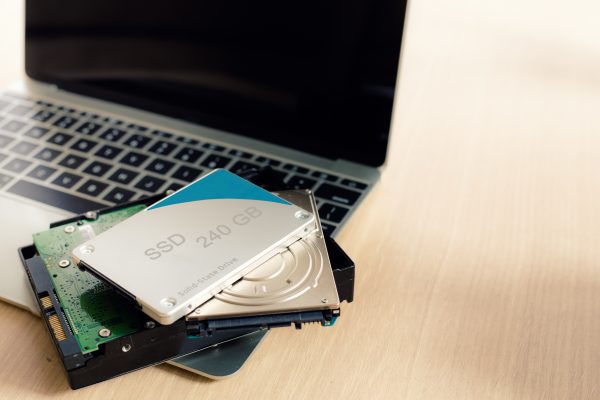
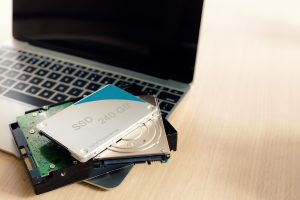
SSD
How To Know Which Is The Best SSD For Your Desktop
Modified: December 6, 2023
Know the tips & tricks in getting the right SSD for your desktop. Find out the best ways to upgrade your computer or laptop in terms of speed & storage NOW!
(Many of the links in this article redirect to a specific reviewed product. Your purchase of these products through affiliate links helps to generate commission for Storables.com, at no extra cost. Learn more)
If you’re thinking of ways to upgrade your computer or laptop in terms of speed and storage, an SSD Hard Drive is what you need in your life. Nothing slows down a high-speed CPU more than connecting it with a slow storage drive. Your system processor may have the capability to execute millions of instructions at once, but it can’t really give you the results until the drive feeds it data.
If you want your CPU to reach its maximum capability, you need to connect it with an equally efficient and fast storage device – an SSD can do just that.
Unlike the traditional hard disk drives, which are slowing down your computers, an SSD Drive uses NANO flash memory which is capable of lasting for years at stretch. Imagine no longer worrying about losing important data, sounds like a deal-breaker, doesn’t it? Well, SSD Drives are not only more durable and faster compared to HHD’s, but they also use lesser energy which makes them an even better buy.
So in case you’re wondering if you really need an SSD Hard Drive, the answer is quite clear. Who wouldn’t want an update from the older HHD’s that aren’t as fast at booting and have much slower processing speed, or in other words ‘They’re so yesterday’.
Although in order to fully benefit from an SSD, it’s important that you find the best SSD for laptop or your system. Below are key factors that will help you determine which SSD Hard Drive is best suitable for your desktop.
Key Tips On Selecting The Best SSD Drive For Your Computer
Read more: 20 Best SSD For Gaming PCs
1. The Amount Of Data/Capacity You Need

Regardless of what computer or laptop you use, investing in the best possible storage drive, your system can support is necessary. Upgrading to a higher capacity SSD is highly beneficial as it’ll have enough space for you to save all your files and folders, although we do encourage you to consider the value for money and affordability as well.
The smallest common SSD size comes in 128GB, which isn’t ideal as is probably a lot less than the capacity of the drive storage your current system can support. It isn’t a good buy if you’re looking to work with files or have to run windows updates as it’ll fill up in no time. If you’re dealing with files, folders, and run software updates from time to time, get at least a 256GB SSD.
It’s highly important to consider your current computer data size, so the best SSD for your system would be the 512GB SSD or higher, as it will provide you with more capacity. If the question that plays in your mind is what is the best 1TB SSD? The answer to that is top brand Samsung. The 1TB option is obviously the best budget SSD you can afford because of the larger the capacity, the better.
2. Check Whether Your Desktop PC’s Motherboard Has M.2 Slots
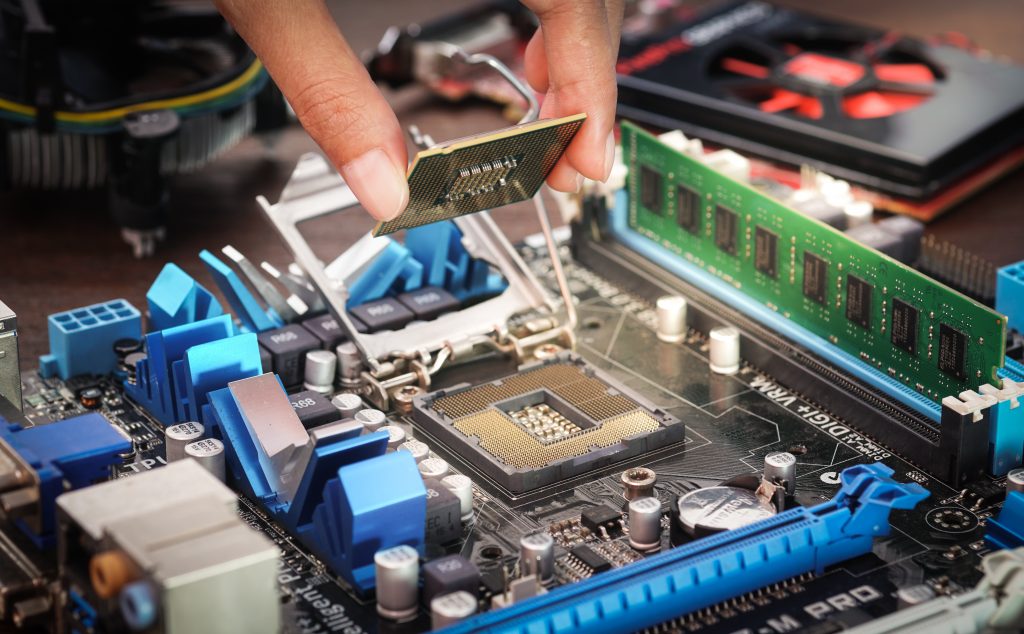
An M.2 slot is a magical slot that allows you to mount basically any storage drive, GPU, port expansion, or low power gadget that uses a USB connection, all at the same time through a cord plugged into it.
So it’s important for you to know whether your PC’s motherboard has M.2 slots or not. Some motherboards don’t support M.2 Drives, especially the budget-friendly ones which means they won’t be able to support an SSD drive.
Therefore, it is highly important to double-check the presence, type, size, and shape of an M.T slot in your PC’s motherboard, before getting an SSD to make sure it’ll fit properly into the designated slot and the computer will support it.
Once you’re positive your motherboard has an M.2 slot and what its features are, you can choose the best SSD for your computer based on factors such as size, speed, and budget.
3. How Much Are You Willing To Spend?

An SSD Drive is definitely an outstanding device but it comes with a price tag. Before choosing the best SSD for your desktop, you have to consider your budget in order to figure out the best SSD you can get within a certain amount of money.
If you’re willing to spend a hefty amount, you can easily get the high-end SSD Drives such as EXO Hyperx Savage, Intel, or Samsung. But if you’re looking to buy a rather budget-friendly SSD, there are many options that offer the same value for less money, such as Crucial or OCZ which will cost you below 100 USD.
You can think of an SSD like buying a car. Both the expensive and the budget-friendly one will drive you from point X to point Y at somewhat the same speed, but the expensive one has the potential to drive much faster and for a longer duration.
4. What Kind Of Operating System Does Your PC Have?
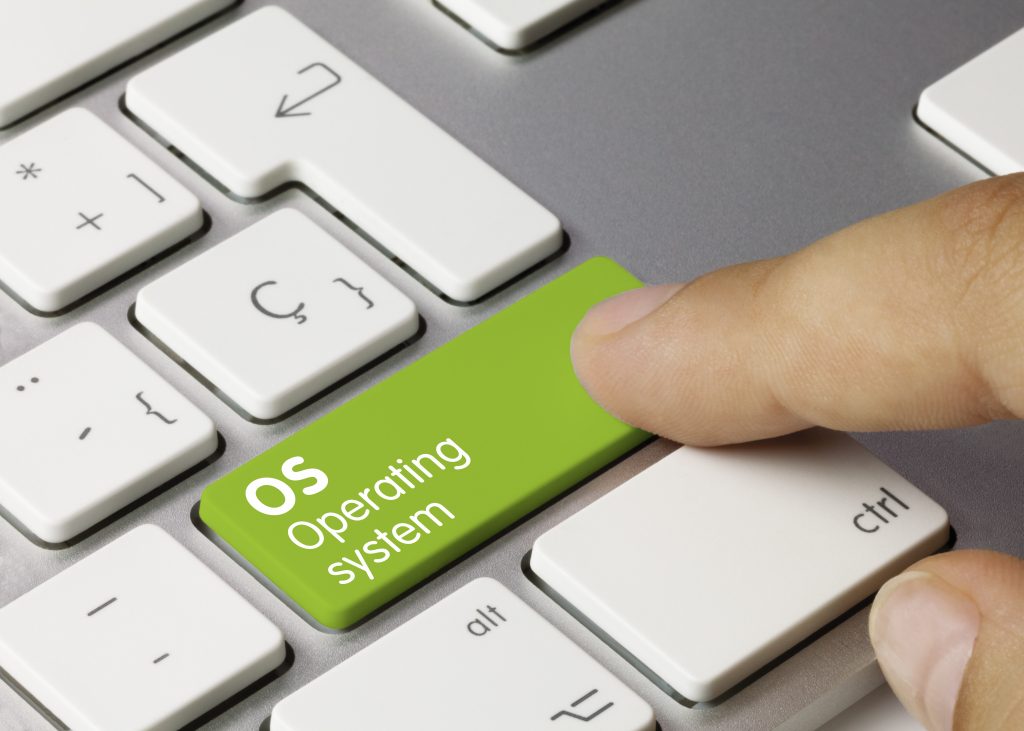
In order to figure out what SSD would be compatible with your PC, you must identify the operating system your PC has. The operating speed of your SSD depends on the type of operating system you have on your desktop. A good SSD drive and a compatible operating system go hand in hand.
As a matter of fact, the current mainstream operating systems aren’t optimized to improve function with SSDs, even if some work better than others according to storage experts.
SSD’s aren’t compatible with all operating systems. The CEO of SanDisk, Eli Harari stated in an earnings call that Microsoft Windows Vista worked very poorly with SSD’s and slowed the device down rather than speeding it up. He claimed that the applications demand a more sophisticated SSD controller technology, to manage the data faster.
For every operating system, the best SSD is one that is compatible and designed to work efficiently with it, be it Windows Vista, XP, or Mac OS X.
Read also: 14 Best Ssd Storage For 2024
5. What Form Factor Does Your PC Need?
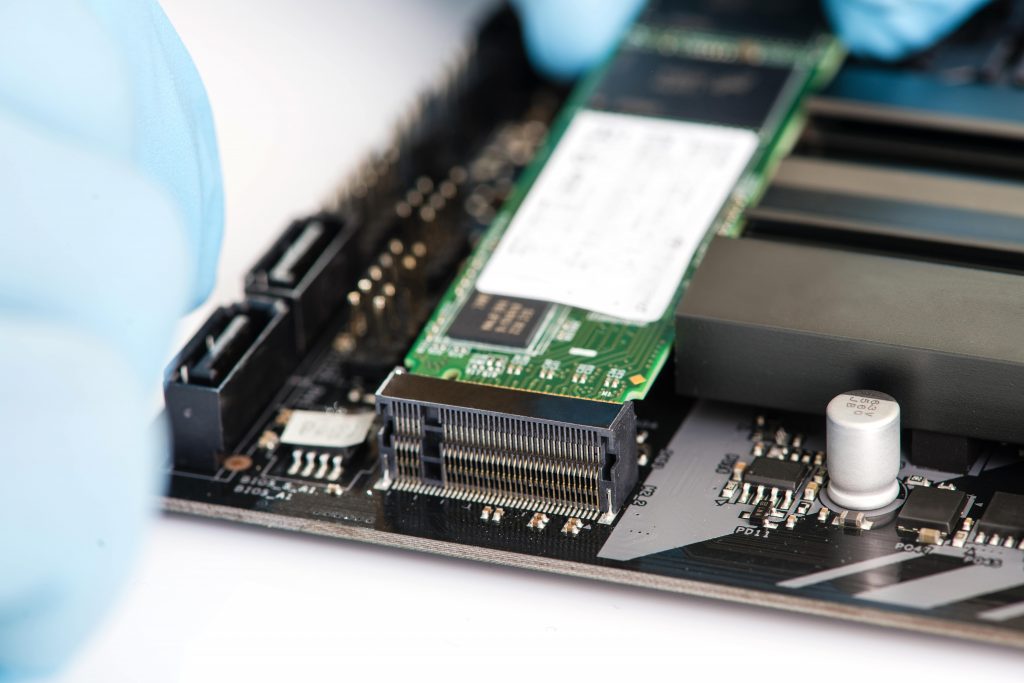
The form factor determines the physical compatibility of your SSD to connect and interchange with other computer components or devices. For instance, if you get new headphones, you’d obviously ensure they match your phone’s headphone jack right? Otherwise, they’re of no use to you.
Similarly, before choosing the best SSD for your desktop, you need to ensure the form factor your PC needs. The SSSI – Solid State Storage Initiative has identified three main form factors for computer devices, SSD, SSC, and SSM. The SSD’s usually come in the traditional hard disk form factor, and they are likely to fit into the same standard slot.
It’s important that you identify and consider the form factor your PC needs before choosing the best SSD.
6. Is SATA Or PCIe Interface Suitable For Your PC?
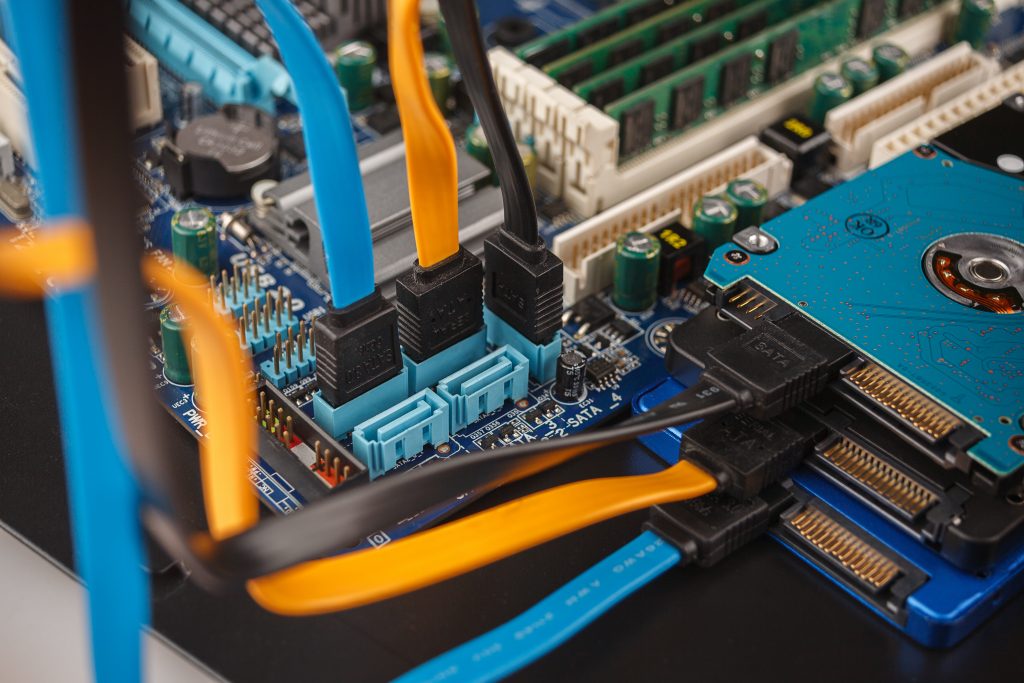
When looking for storage options for your desktop, you have a clear idea of all the options in order to choose the best SSD for your system. Storage is something you don’t want to compromise on. Initially, you’ll be deciding between hard drives and solid-state drives and eventually you’ll have to choose between SATA and PCIe SSD.
The major differentiating factors between these two are size, performance, and cost. SATA III drives have a certain speed limit that doesn’t allow it to read/or write beyond the speed of 6GPS. The PCIe, on the other hand, is faster yet limited by the speed of memory chips it holds. PCIe SSD devices tend to read/ or write at the speed of around 2500MBps up to 4000MBps.
Similarly, when it comes to cost, PCIe SSD devices are more costly compared to the SATA one. Although the difference isn’t too drastic, and even though some drives can cost a fortune, it’s quite easy to find one at around an average cost of 30 USD.
7. Consider The Flash Memory
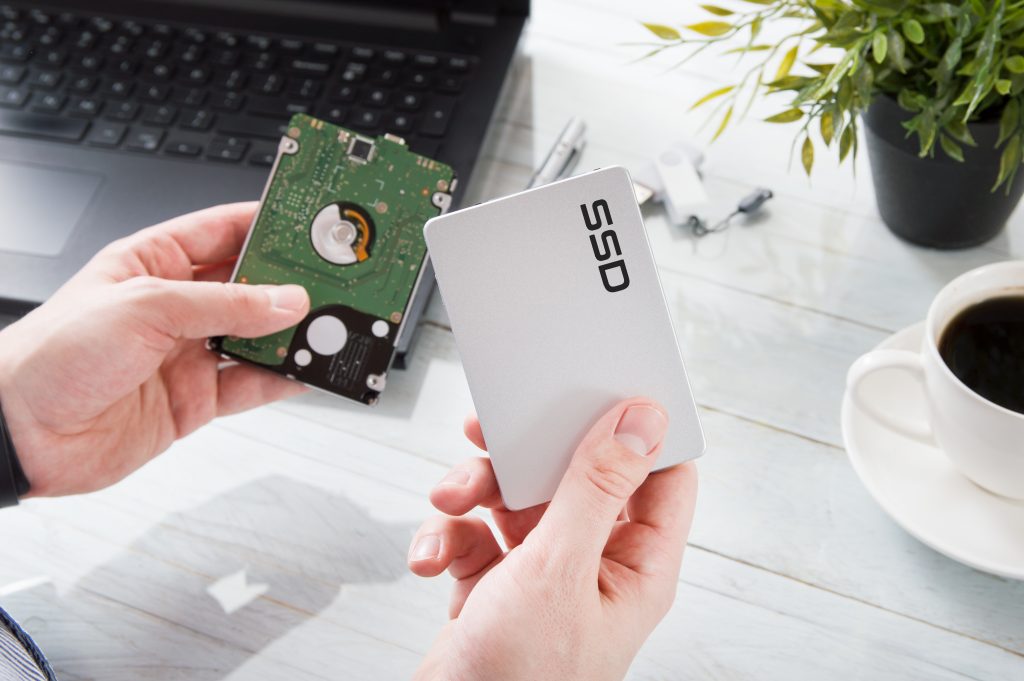
Flash memory refers to a non-volatile memory chip used for staring data and transferring it between different devices such as computers or mobile phones. It’s known for being EEPROM (electronically erasable programmable read-only memory) or a standalone data storage device, for instance, a USB drive.
The primary reason you should consider flash memory is that it’s cost-friendly, especially in comparison to EEPROM. Another plus point is that it doesn’t require batteries for solid-state storage like RAM (SRAM) does, making it easier to use. It’s also known for its non-volatile nature, making it super fast in terms of access speed and making it highly resistant to kinetic shock, especially in comparison to an HDD.
8. Is A Drive With 3D Flash Necessary?
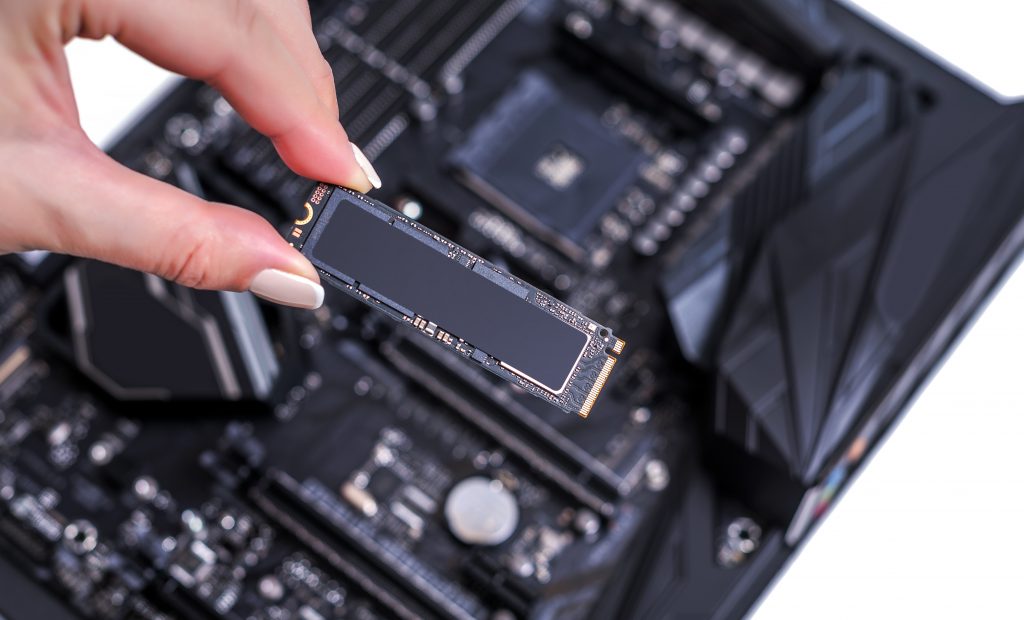
3D NAND flash is a game-changer for any SSD as it offers a higher capacity in an even smaller space taken by a 2D flash. The storage of an SSD device functions using NAND cells, which process through trapping an electric charge in transistors. Traditionally, these transistors are on a two-dimensional surface diode. To increase the capacity of a diode, what you would do is either make it smaller in size or place both transistors closer together.
This is where the problem arises because there’s a certain limit as to how small a transistor can be and it cannot exceed that limit. Secondly, the transistors are so tiny in size, moving them closer together could allow electrons to shift from one transistor to another.
This is where the 3D NAND flash memory comes as a savior. It basically solves the issue by placing NAND cells vertically, allowing way more number of cells to fit into a single diode. Therefore, a lot of the drives these days consist of as many as 32 to 64 layers of transistors.
Read more: What Screwdriver To Open PS5 SSD
9. Secure Erase Not An Option For SSD’s

Yes, you cannot securely erase data from an SSD, but that’s not so bad because it means you can recover data easily if need be. A standard erase makes recovering data a hassle, hence SSD developers choose not to include the erase button for their users.
Some people like to clean their data from drives once they’re done using it but the SSD drive would still contain personal or confidential data in it. You have to consider that erasing data from an HDD and an SSD drive is quite different. While HDD’s can be overwritten several times, SSD’s have no command available to overwrite. There are a few alternative ways to sanitize or clean an SSD drive though, which may be time-consuming. If you want to erase data from an SSD, you can use Block Erase on each element present in the flash array or using Crypto Erase.
Is 3D XPoint Worth Considering?
3D X-Point is a memory storage technology by Intel and Micron tech Inc. in order to bridge the gap between DRAM and NAND Flash. In simpler words, it improves storage density through its ability to stack cells in three dimensions.
Although from a performance view, 3DXP lacks latency in comparison to DRAM, it offers far better density and endurance. The major reason 3D XPoint SSD’s haven’t had the expected sales since it came out 3 years ago, is that it has a significantly higher cost yet nominal performance edge over the NAND Flash SSD, according to tech analysis.
You should only consider a 3D XPoint if you are in dire need of greater storage density and higher endurance. It primarily depends on your priorities and budget, but the NAND flash is better value for money and offers more for less.
Why Is It So Important To Choose The Right SSD?
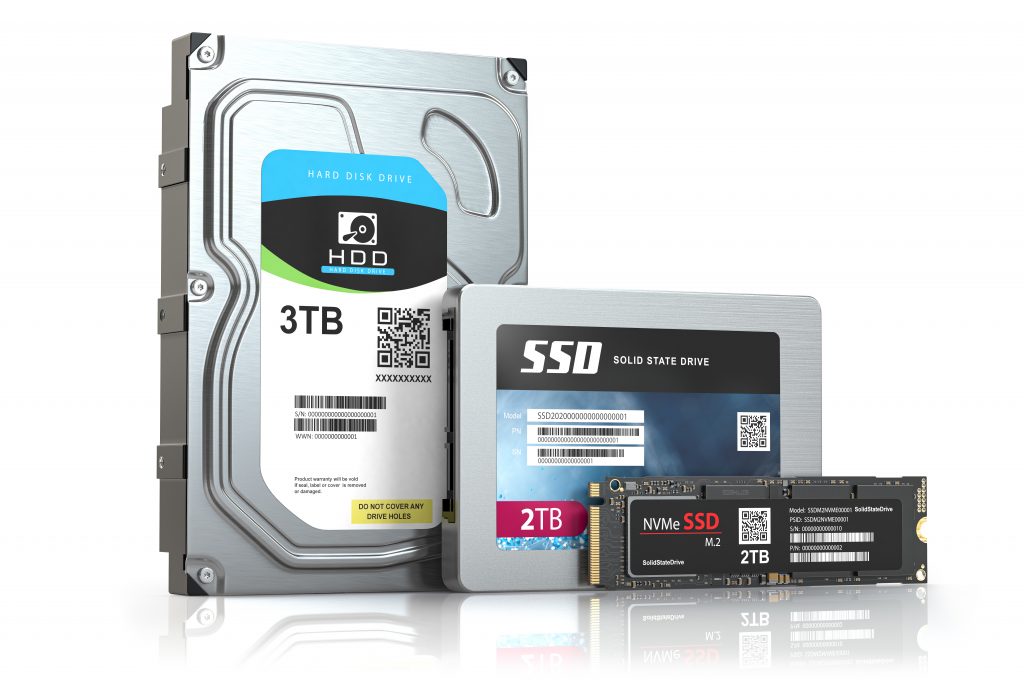
The bottom line is that you can’t undermine the importance of selecting and using the right SSD for your computer. It’s like getting your phone a charger, you can’t just buy any charger and expect it to work with your phone without considering the model, charging slot, alternative options, and prices. Similarly, getting the wrong SSD, which isn’t compatible with your system, will probably slow down your system rather than speeding it up.
Keep in mind if your system is slowing down, and causing issues you can’t seem to figure out, it may as well be incompatible hardware. According to a tech analysis, one of the top reasons for a computer to freeze is hardware or software related issues.
In the worst-case scenario, pairing your system with the wrong hardware devices can even permanently damage your computer, so it’s important to be wise before choosing any hardware device or equipment for your system because compatibility matter’s the most.
So, if you really want to upgrade your system in terms of speed and memory storage, you have got to find the best SSD Device for your computer. You can’t charge an iPhone X with an iPhone 4 charger, similarly, you can’t connect your computer with an old or incompatible SSD Drive and expect a positive outcome.
Was this page helpful?
At Storables.com, we guarantee accurate and reliable information. Our content, validated by Expert Board Contributors, is crafted following stringent Editorial Policies. We're committed to providing you with well-researched, expert-backed insights for all your informational needs.
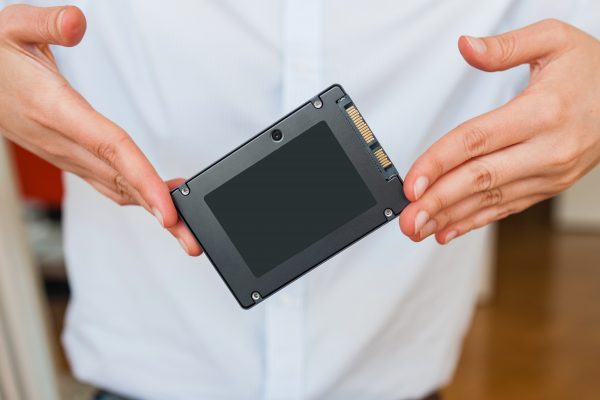
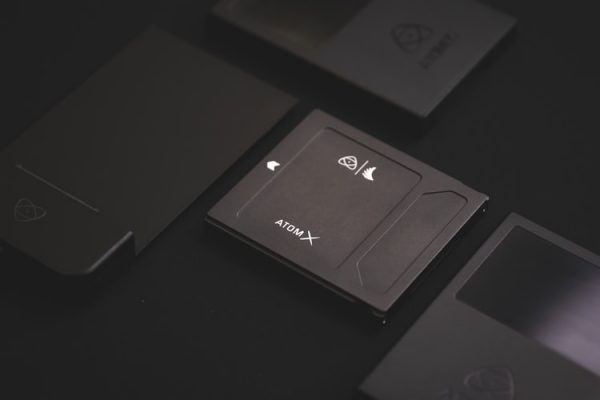
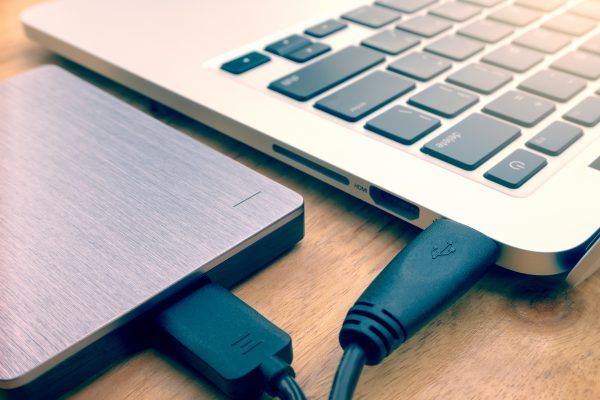
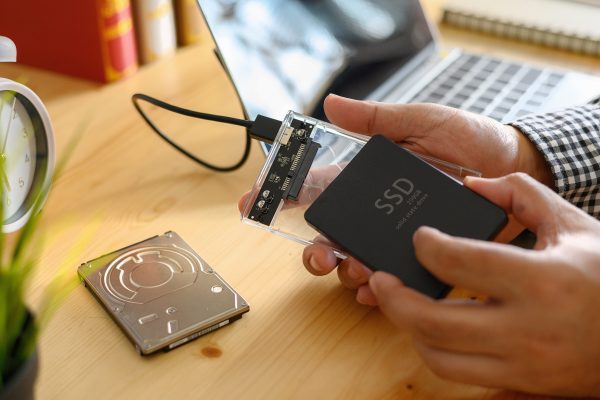
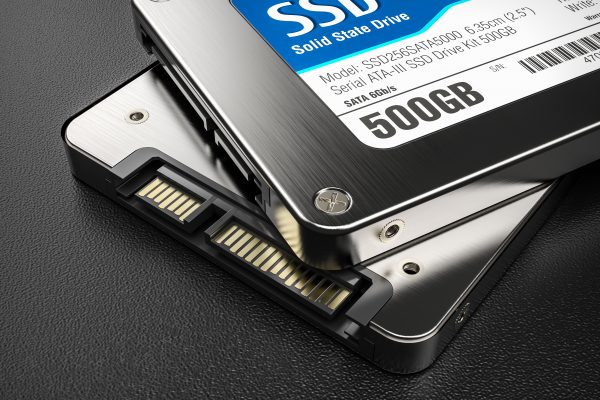
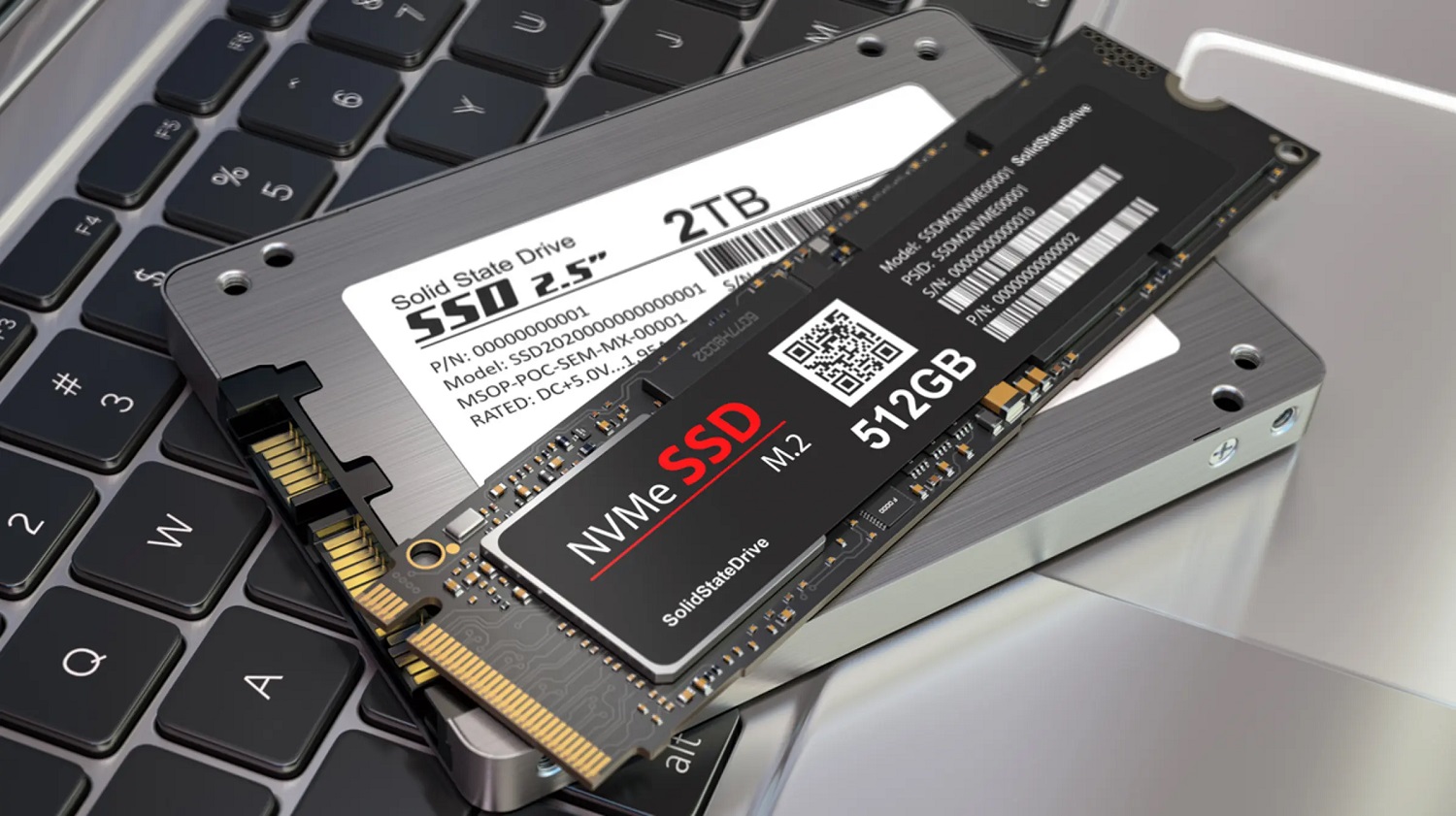
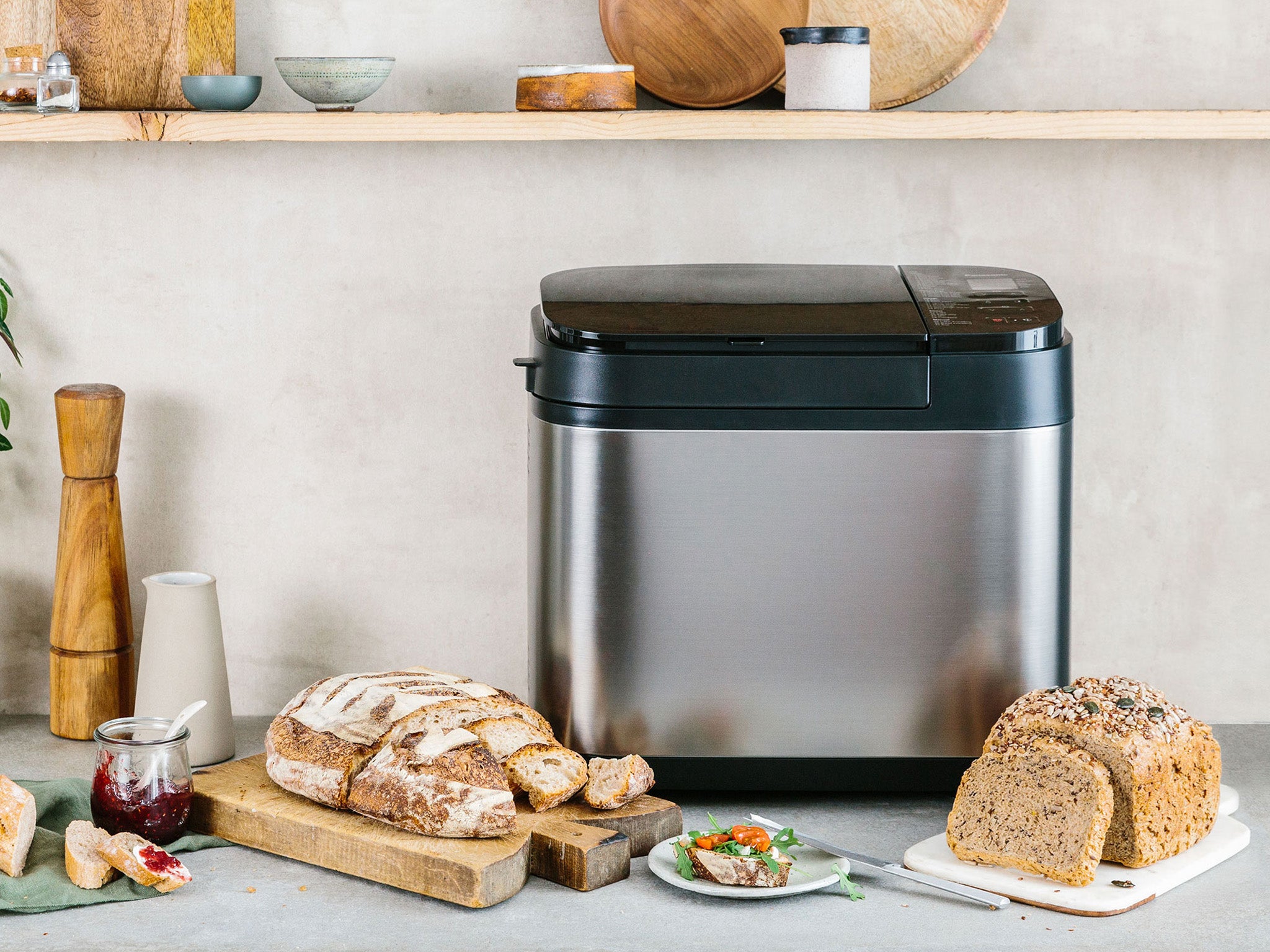
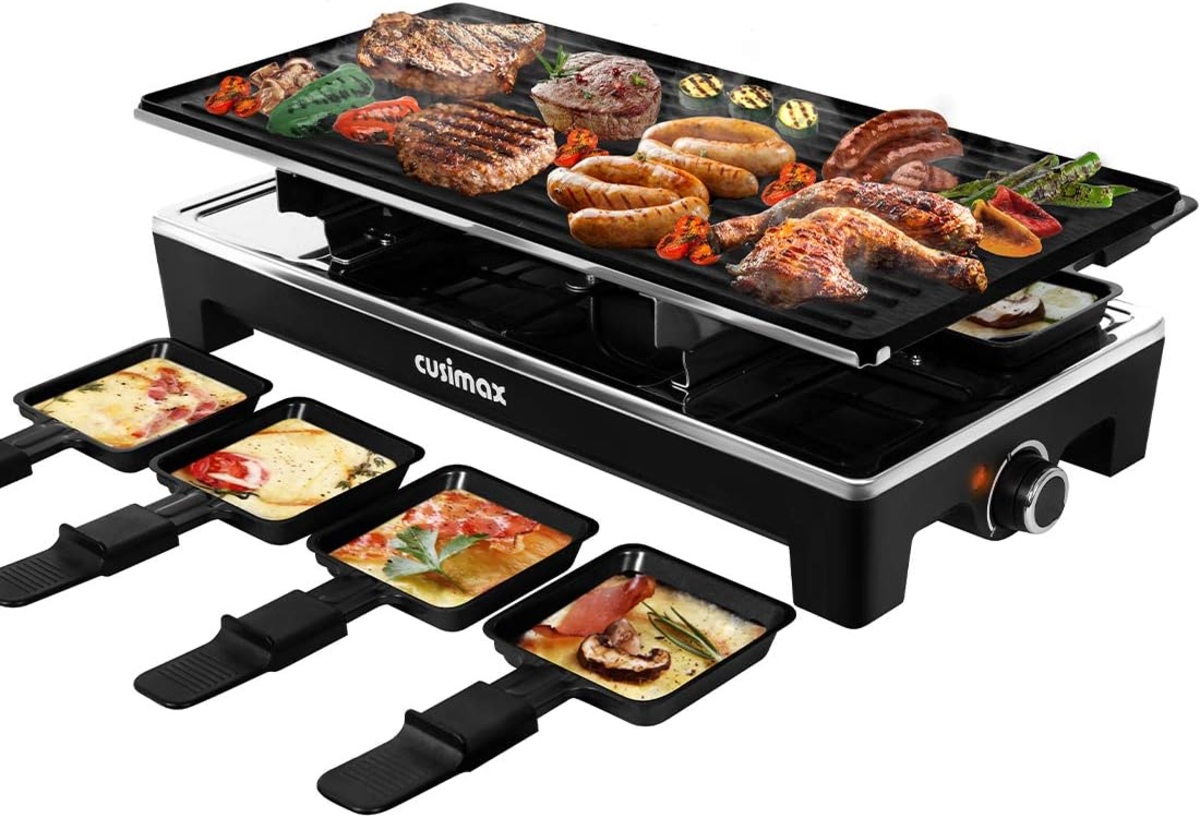
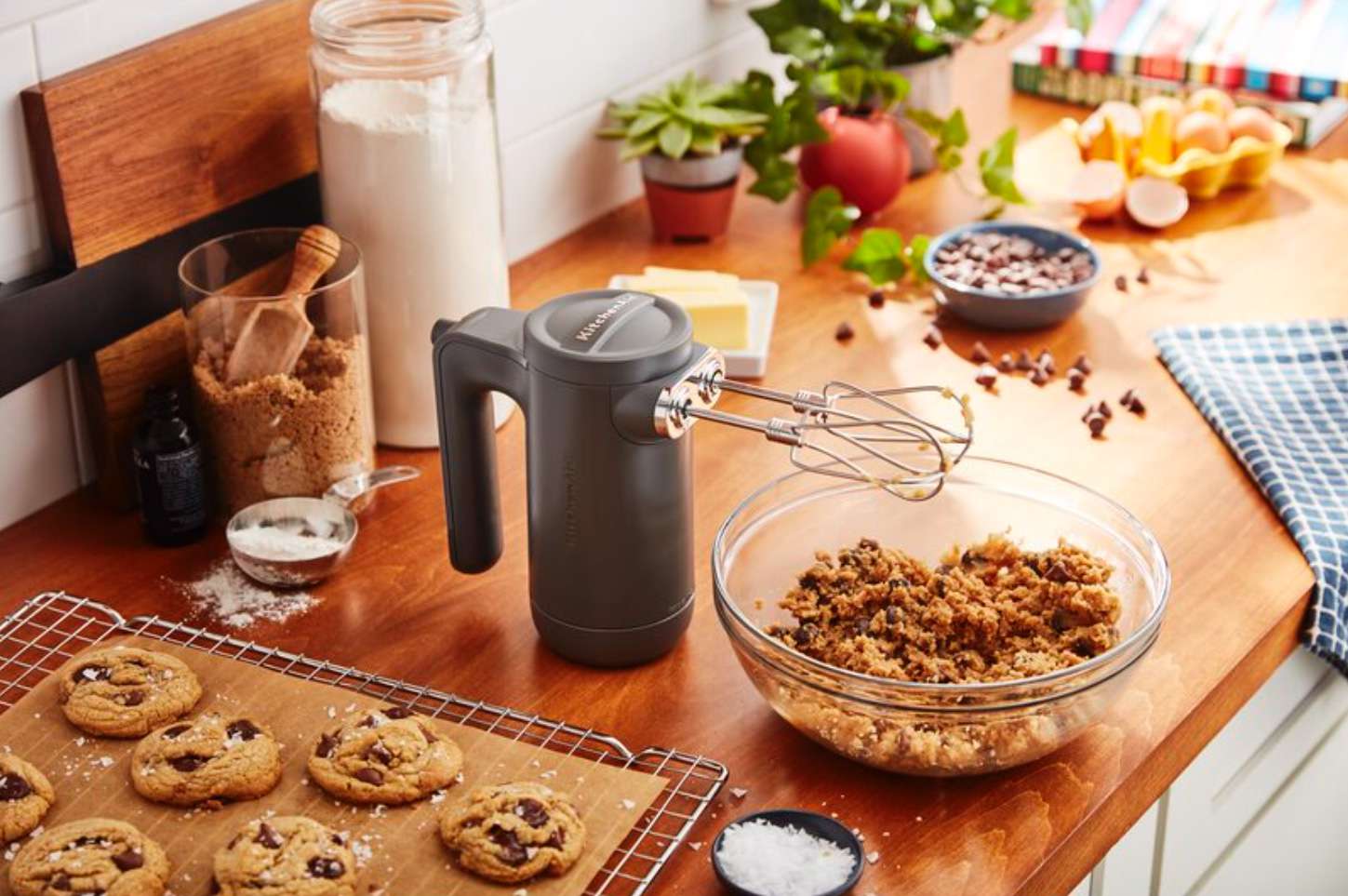
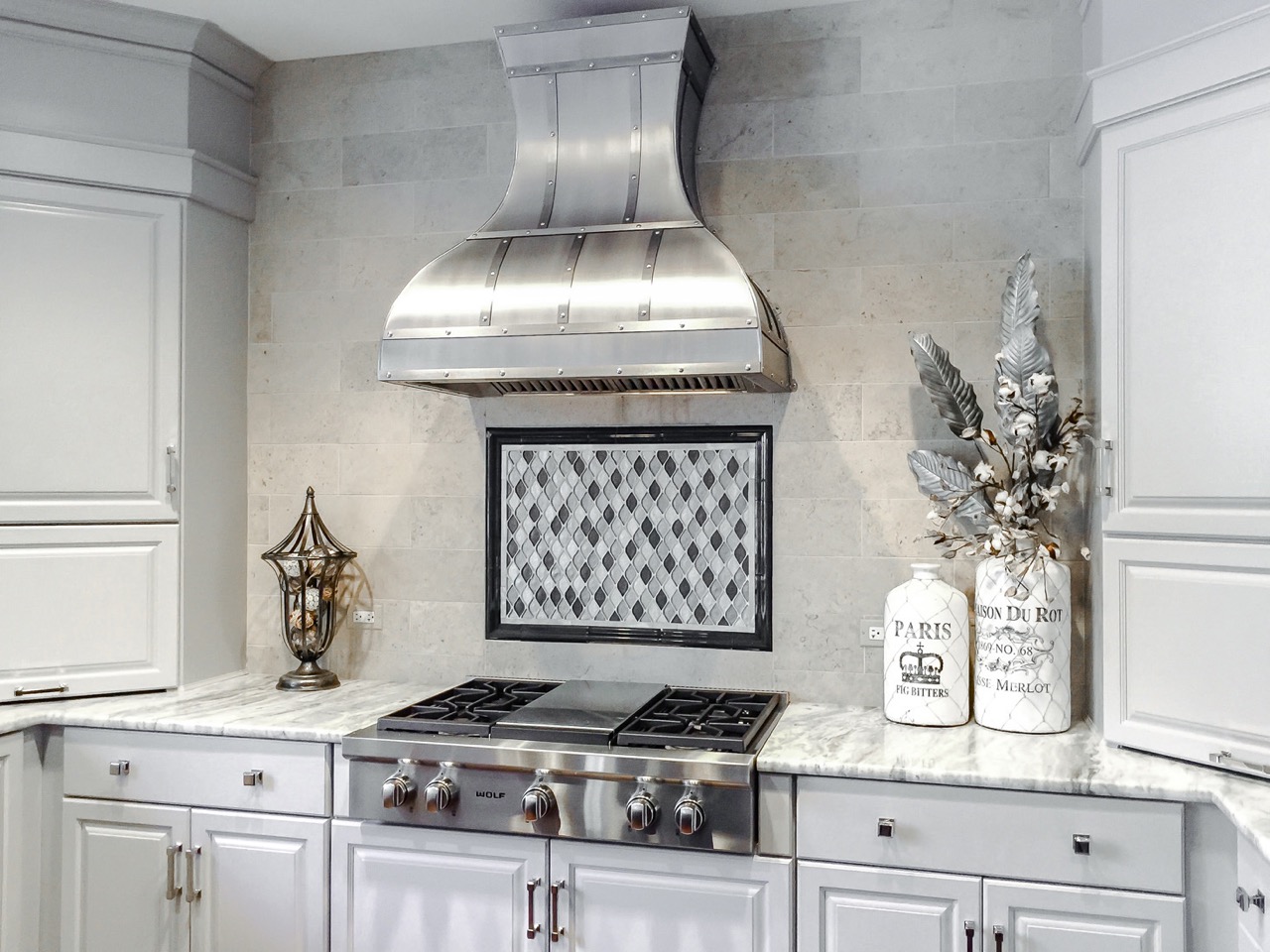
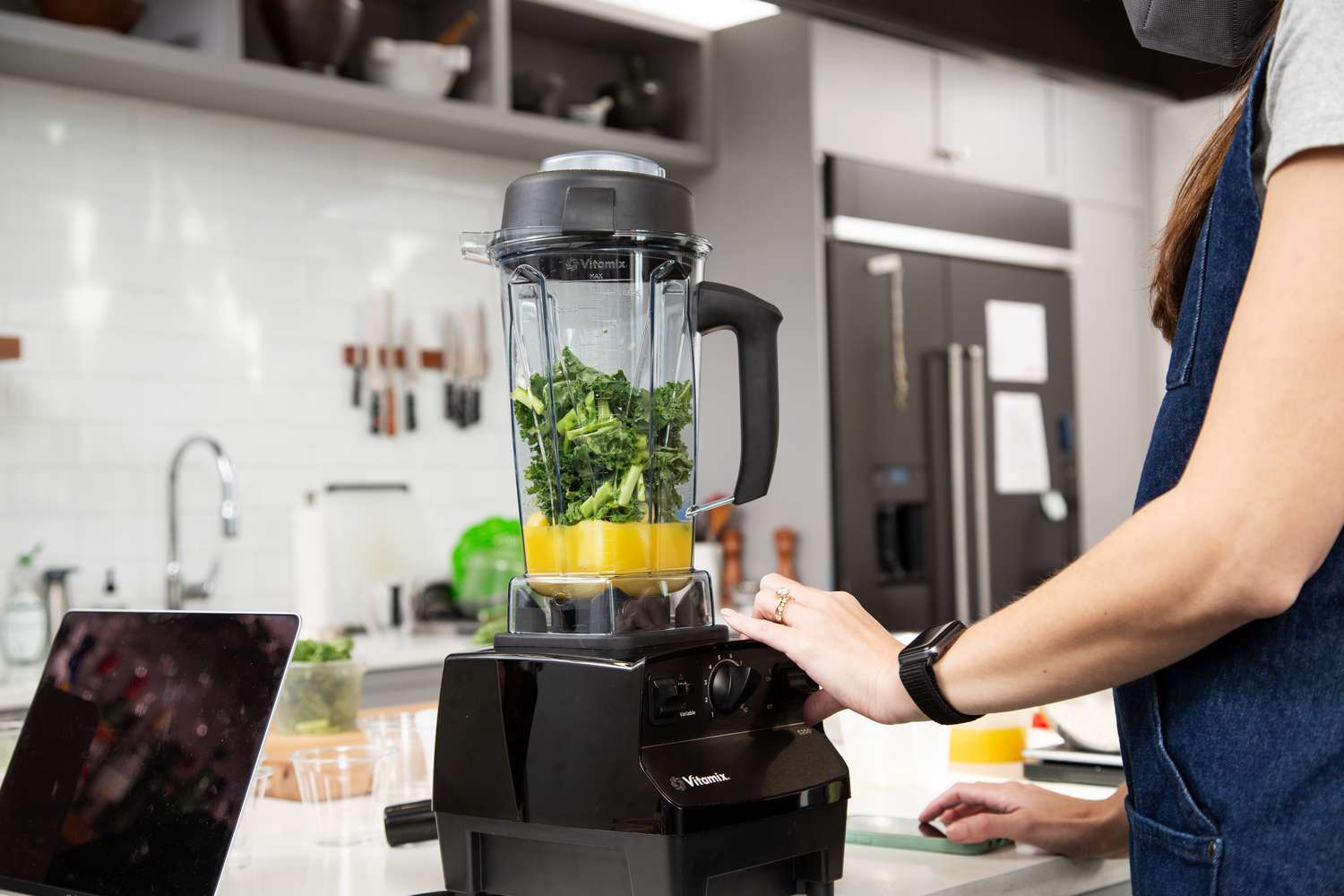



0 thoughts on “How To Know Which Is The Best SSD For Your Desktop”